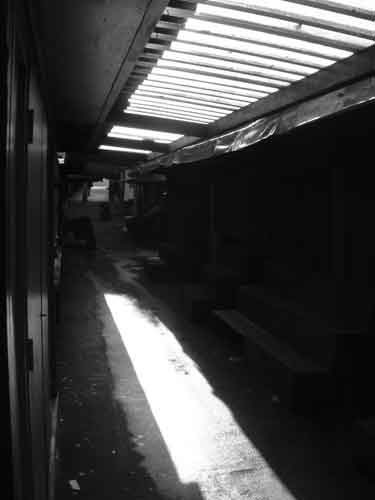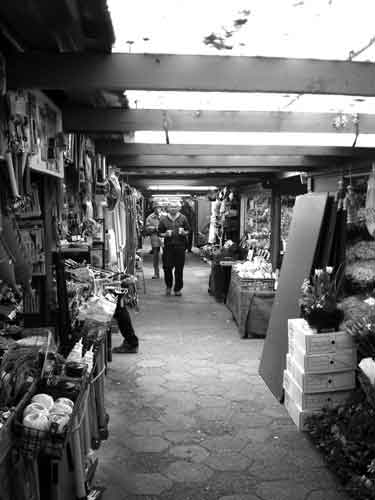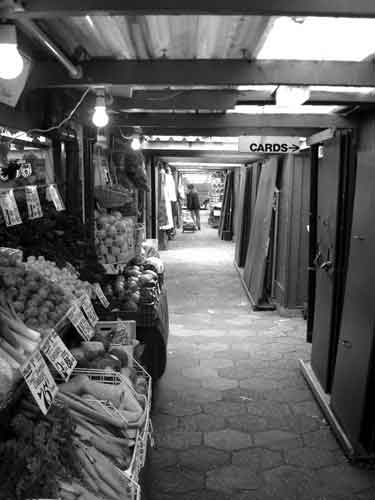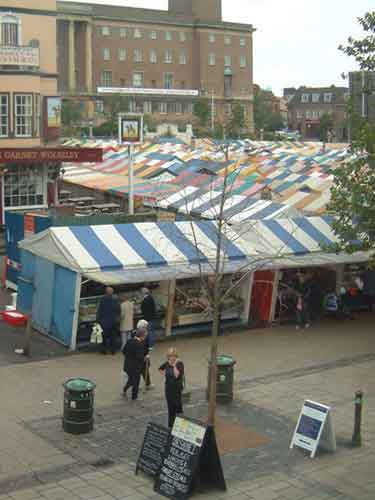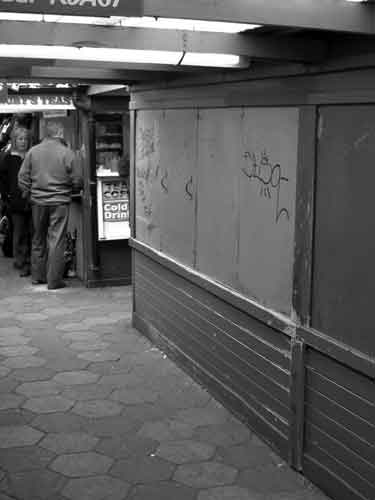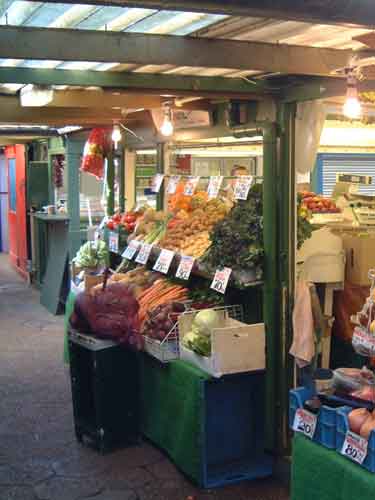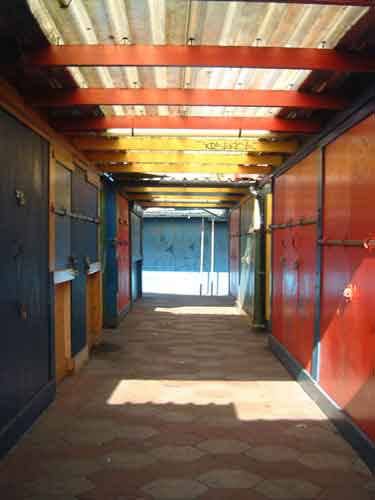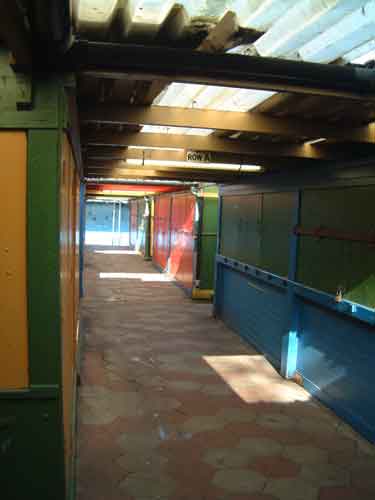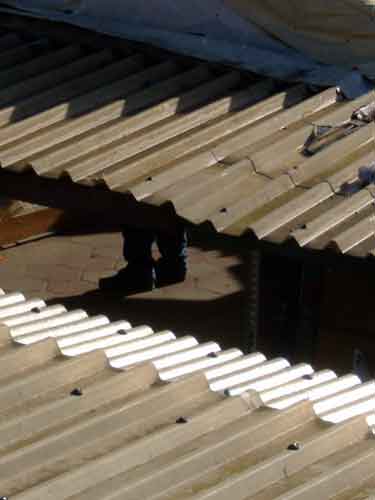
The Problem
The Market was modernised twice in the 20th century. In the 1930s there was a radical overhaul when miscellaneous municipal
buildings were destroyed and the new City Hall was built. At this time the scruffy medley of tents, stalls & booths,
which had constituted the Market, were destroyed and replaced by orderly rows of uniform stalls with their recognisable
multi coloured tilts. Between then and the end of the century superficially little changed although in 1976 new stalls
were erected and new drainage channels were cut. Also over time a range of initiatives were introduced such as the
provision of refrigeration and hot & cold water for refreshment stalls. Such work was insufficient to maintain
standards, By the time of the new millennium the Market and surrounding areas had become run down. In particular
it suffered from inadequate public access, poor Health & Safety arrangements and insufficient services for the
traders.
As legislation and customers demanded higher standards the market place presented unique challenges:
As legislation and customers demanded higher standards the market place presented unique challenges:
- The Market is based on a slope and the majority of stall floors followed the site fall and were subject to a significant gradient – 1:12 west to east. This had major Health and Safety implications for the traders’ legs & backs as many spent 8 to 9 hours a day, six days a week working at this pronounced angle.
- The aisles which were already narrow were becoming even narrower as stalls randomly expanded with the introduction of external displays and individually constructed ad hoc wet weather protection.
- Security for the old wooden stalls was provided by removable shutters with long metal security bars. These shutters and bars were lifted out of position at the start of trading and simply leaned-to against the side of the stall doors, where fitted, opened outward into the aisles in order to maximise internal trading space. This presented a continual hazard and/or obstruction to passers-by.
- Lighting was low-luminescence and not uniform and the use of dense and non-transparent materials for wet weather protection created some dark and unwelcoming areas. Fittings were easily and often damaged and proved difficult to clean.
